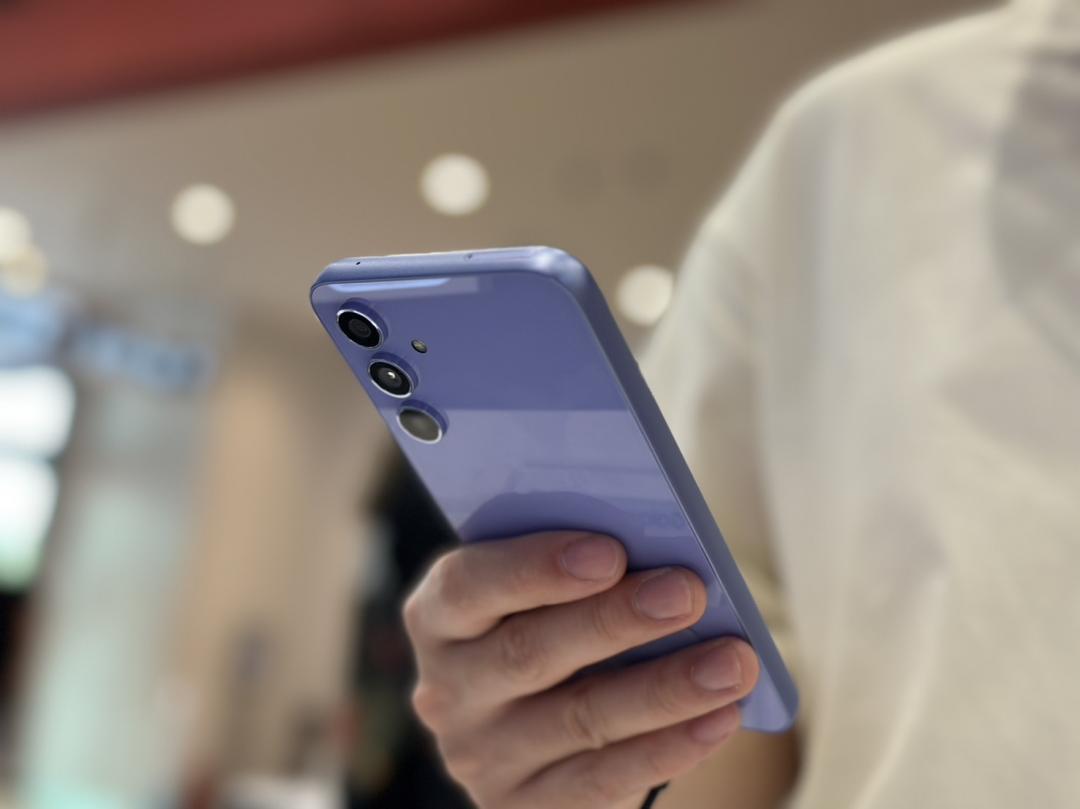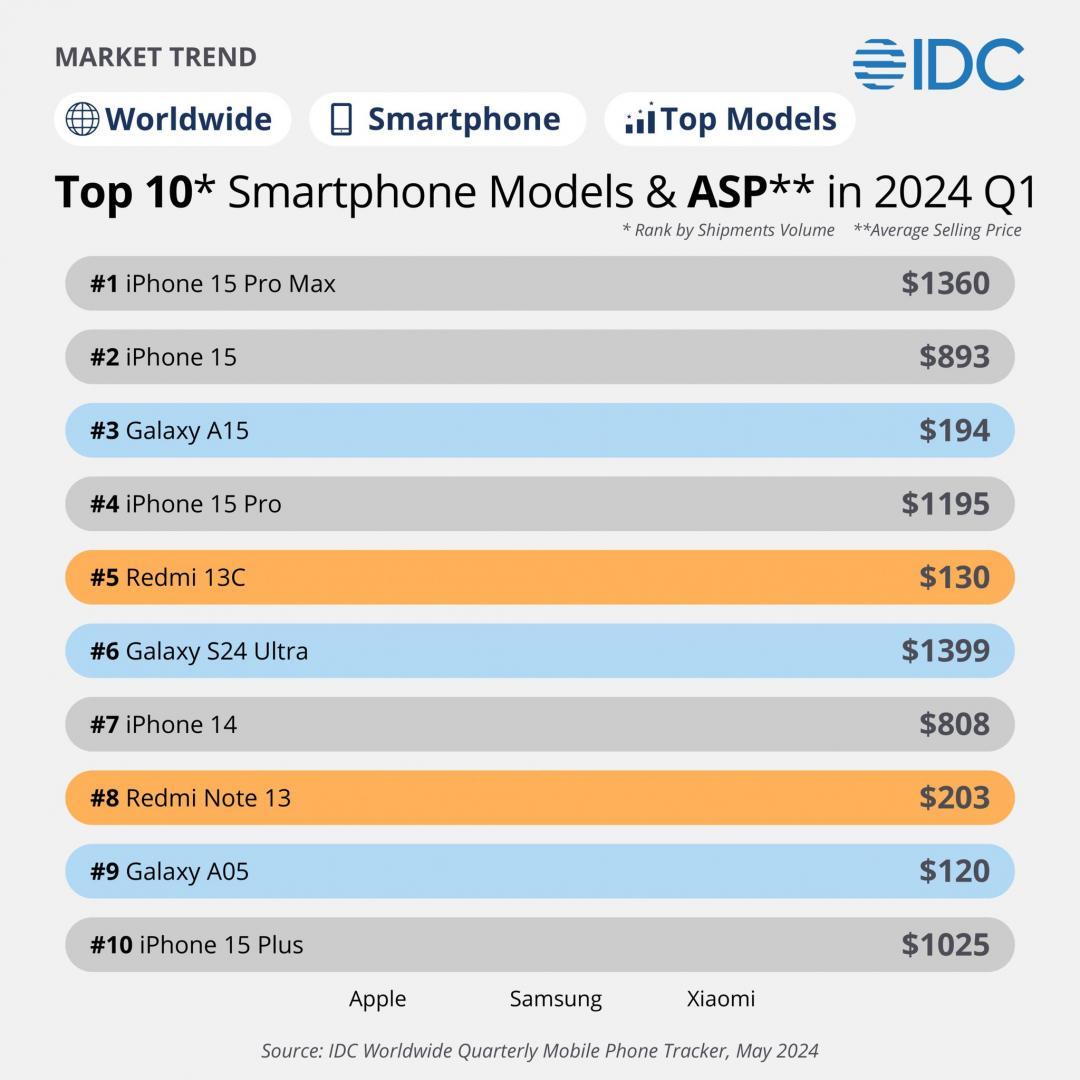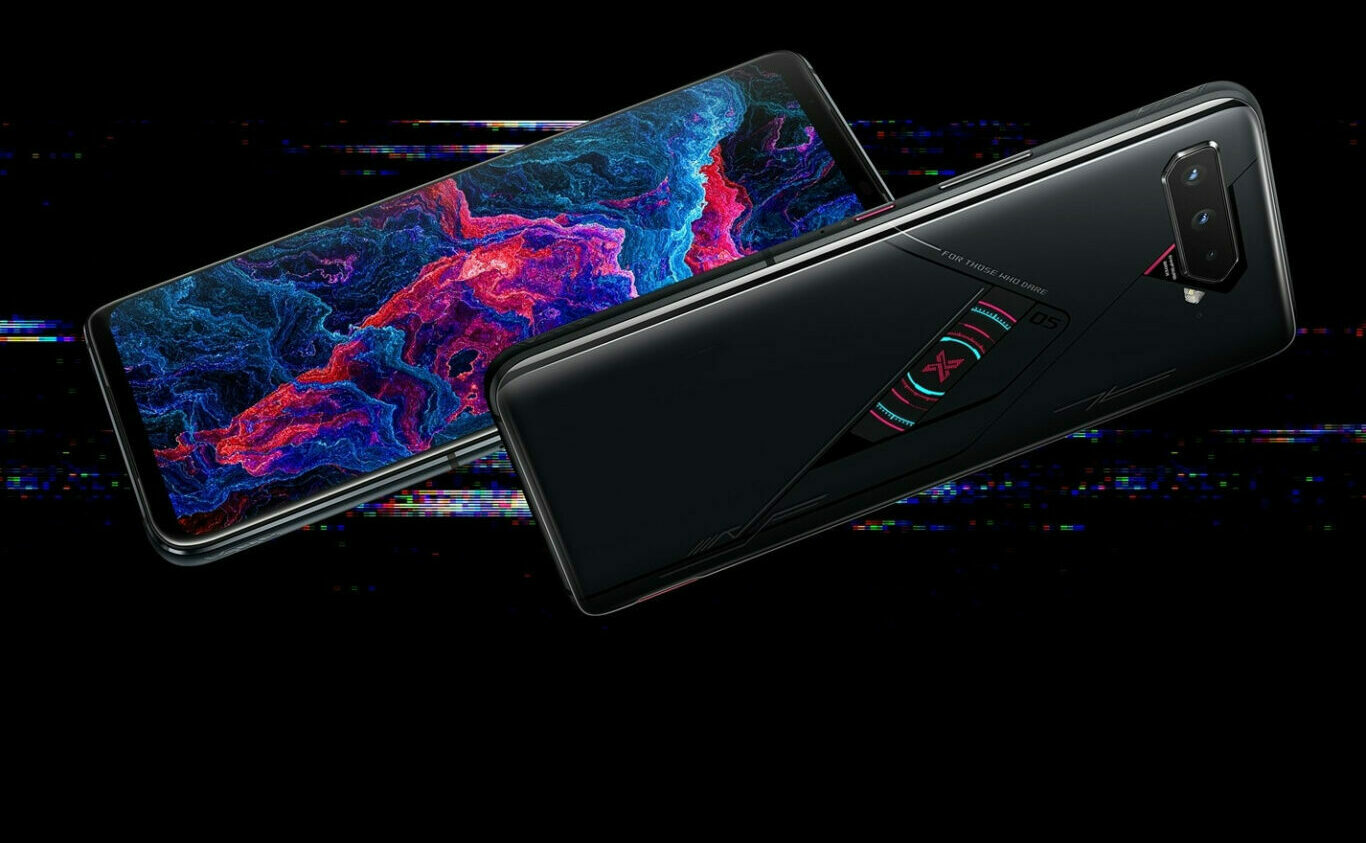iphone收購手機
Apple’s great taste doesn’t extend to grammar
Apple’s great taste doesn’t extend to grammar
Share this story
I don’t know a ton about grammar. My girlfriend taught me almost everything I know over the course of 30 minutes one night when I was 21, shortly after graduating college with an English degree. I’ve occasionally thought about buying a used copy of Strunk & White because it looks cool, but I’ve never actually read it. I’m pretty good, with commas, but I’m by no means a subject expert in grammar. (Editor’s note: Jake, please come to my office.)
Everyone seems to agree Apple’s grammar is weird
With all that said, I have a serious problem with Apple’s ideas about grammar. They do not make sense, and everyone I’ve spoken to is in agreement on this. (Editor’s note: Yes.)
You may have noticed Apple’s odd grammar while browsing its website or watching a keynote. There are a few repeated grammatical tics that always stand out as awkward.
Here’s the essence of Apple’s grammar rules: its product names should be entirely unadorned. You didn’t buy “an iphone收購手機iphone,” you bought iphone收購手機iphone. You don’t own two iPads, you own two iPad. (Editor’s note: Apple hates articles, both definite and indefinite. It definitely is going to hate this article, too.)
Here’s how that plays out in Apple’s own publicity materials:
- Everyone who wants a smaller phone is going to love iphone收購手機iphone SE.
- iPad Pro is a new generation of iPad.
- Apple today updated MacBook.
- The App Store on iPod touch … gives users access to 1.5 million apps.
Using product names like this sounds weird, and I’m pretty sure it doesn’t make any sense. I would love it if someone could explain to me why this is, but I believe only people and places are given the article-free treatment. You visit Céline in Paris, but you go to see the Eiffel Tower. So I don’t know why you’d call someone with iphone收購手機iphone, which is a specific object like the Eiffel Tower. (Editor’s note: it’s a nefarious trick to make you think that Apple’s products and brands are as singular, iconic, and eternal as those places. Also, oh forget it I’ll let you continue.)
I need to stop following Phil Schiller on Twitter
If that weren’t weird enough, Apple also wants its product names to be both singular and plural. The entire reason I’m writing this is because Apple marketing chief and occasional tweeter Phil Schiller decided to weigh in on a debate started during a podcast this week by Michael Copeland, Benedict Evans, and Steven Sinofsky — all of Andreessen Horowitz. (Editor’s note: nice use of the Oxford Comma, the One True Way to make lists in a sentence. Also nice use of the em dash.) (Author’s note: Dieter added that em dash.)
I did not listen to the podcast, which is 30 minutes long, but apparently someone argues in favor of referring to multiple units of the iPad Pro as “iPads Pro,” which is either a very funny joke or an even crazier grammar idea than what Apple is pitching.
Either way, Schiller decides to set the record straight: (Editor’s note: you should have used “decided” in the past tense here, as it was a decision that happened in the past. “Schiller writes” would also have worked, as you can use the present tense when referring to writing or speaking, because that’s the way we do things when quoting. Our conventions surrounding grammar are weird!)
@Gartenberg @BenedictEvans @stevesi @macintux One need never pluralize Apple product names. Ex: Mr. Evans used two iPad Pro devices.
— Philip Schiller (@pschiller) April 28, 2016
@parks @Gartenberg @BenedictEvans @stevesi @macintux @reneritchie 1. Really! Words can be both singular and plural, such as deer and clothes
— Philip Schiller (@pschiller) April 29, 2016
@parks @Gartenberg @BenedictEvans @stevesi @reneritchie 2. It would be proper to say “I have 3 Macintosh” or “I have 3 Macintosh computers”
— Philip Schiller (@pschiller) April 29, 2016
But that sounds strange. The way that most people would word the sentence above is: “I have three Macs.” Language kind of just works however people decide it does (which, yes, defeats the point of this entire article), so I’d argue that we should just go with what’s natural. Which is, “three Macs,” not “three Mac” (“three Mac computers” would also be acceptable, but slightly awkward). (Editor’s note: the terminology you’re looking for is Prescriptivist and Descriptivist. The Prescriptivist believes that there is a “right” way to say things and makes people feel bad for doing it the wrong way. The Descriptivist understands language is an ever-changing thing and it’s the job of the grammarian to try to make flexible rules of grammar that match how people use words in real life — the Descriptivist also probably has a chip on their shoulder about Victorians and Colonialist attitudes. The Prescriptivist gets annoyed that the Descriptivist up and decided to use “their” as a non-gendered singular instead of “his or her.” I could go on.)
We need a Jony Ive video on how these grammar decisions were made
Now, there are definitely some oddities that come out of declining to treat product names as plural. “I own two iPad Pros” is a little weirder than “I own two iPads.” And “I own two iphone收購手機iphone 6Ses” is even weirder. But I suspect this isn’t as big of a problem as it can be made out to be. Say either of those sentences aloud and they sound just fine. It’s only written down that “6Ses” gets kind of odd. (It’s even odder if you follow Apple’s style guide, which would make it: iphone收購手機iphone 6ses. The Verge, sensibly, capitalizes the S as Apple used to do.) (Editor’s note: come at us, Apple.)
Also, Apple doesn’t always stick to its own rules. Here are some examples:
Fire Apple PR pic.twitter.com/6nL295mTMM
— Federico Viticci (@viticci) April 29, 2016
Schiller does have a point about some words being both singular and plural, but if anything that makes Apple’s anti-article stance seem worse. If you saw iphone收購手機iphone today, did you see one or many? You either saw deer (multiple) or a deer (singular). So by this argument, the iphone收購手機iphone should get the same treatment. (I also found this article explaining that “clothes” is always plural, but that’s another matter.)
I have no doubt that Apple puts as much effort into deliberating over grammar questions as it does phone design, but I think it’s made the wrong decision here. Language moves toward what’s natural. It breaks down over time as we condense words and mispronounce things and combine phrases and sounds from different places. Arguing for such a formal use of iphone收購手機iphone feels backward. (Editor’s Note: who is shocked that Apple is prescriptivist about grammar? Not me.)
Of course, that also explains why arguing about grammar (as I’m doing right now) is pretty dumb. Language evolves and people should just do what’s natural so long as it gets meaning across. I’m going to keep saying “three Macs” because it sounds right to me. But if you really like “three Mac,” by all means. It’ll at least make Schiller happy. (Editor’s Note: Jake is right, don’t cross him. –Dieter)
 (圖/傑昇通信)
(圖/傑昇通信)
你願意花多少錢購入新手機呢?每一個人或有不同的答案。若從全球、台灣 2024 年第一季的手機熱銷排行榜來看,似乎有 M 型化的趨勢。不是願意直上旗艦機款,就算選擇划算的入門機款,反倒讓中階價位成為斷層。
研調機構 IDC 日前公布全球 2024 年第一季 10 大熱銷手機型號,實際觀察可以發現,幾乎均是旗艦、入門機款稱霸,沒有任何一款中階機型,更明確來說,是價格位於 203~808 美元(約6,585~26,211 元)之間的手機,均未能擠進 Top 10 熱銷排行榜。
時間回到 2020 年,當時研調機構 omdia 報告列出該年度最暢銷的 10 款手機,其中還能看到售價 499 美元(約 16,187 元)Galaxy A51 以及 399 美元的 iphone收購手機iphone SE(約 12,943 元)。
 (圖/翻攝IDC)
(圖/翻攝IDC)
不只是全球,就連台灣市場也呈現一樣的趨勢。根據五月份通路提供的價格,前十名沒有一款機型售價落在 9,390~25,390 元區間,進一步拉開數據至前二十名,才開始有 iphone收購手機iphone 13、Galaxy S23 FE 等機型填補中階價位,然而數量也是相對稀少。
 (圖/傑昇通信)
(圖/傑昇通信)
台灣連鎖通訊業者傑昇通信日前分析,對於拍照、效能有追求的消費者,多半願意花錢購入旗艦機型,倘若預算有限,當前入門手機也都已經能滿足多數的日常需求,也因此購買中階價位的消費者才會逐漸減少。
iphone收購手機 iphone收購手機

:format(webp)/cdn.vox-cdn.com/uploads/chorus_asset/file/4094020/mini1_2040.0.jpg)